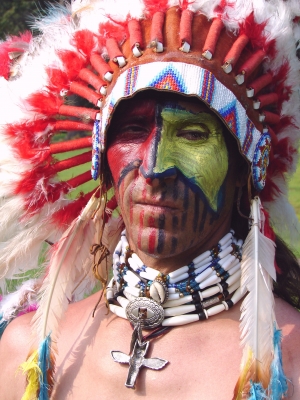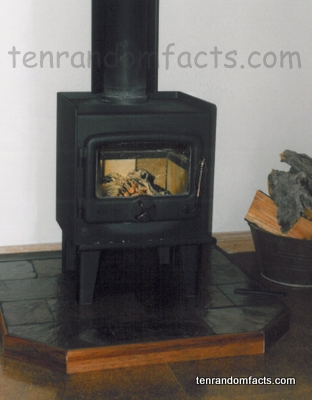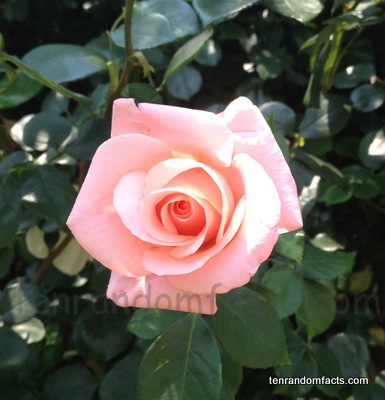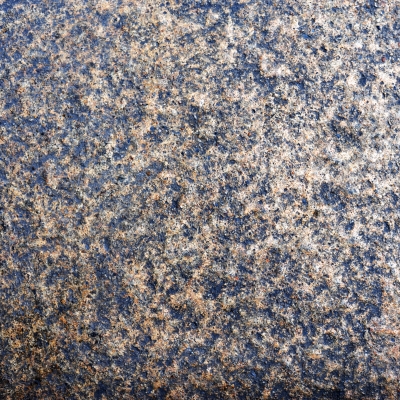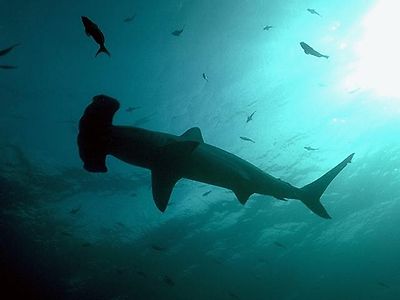
Wonderful wildlife, wonderful facts. Strange wildlife, strange facts. Wonderful and strange wildlife? Wonderful and strange facts.
- There are nine species of hammerhead sharks.
- Most hammerheads live in warm temperature and tropical seas.
- Hammerheads normally live in small schools together where there are more females than males.
- Female hammerheads fight with other females to be in the centre, so they are noticeable to the males.
- By dusk, the hammerheads leave the school to find a place to eat and by dawn, the hammerheads regroup into schools again, at the same spot they left.
Hammerhead Shark
Image courtesy of Free Stock Photos
- Stingrays are the hammerhead’s favourite food.
- The smallest hammerhead alive is the Bonnethead, which grows to 1.5 meters (5 feet) long, and the largest hammerhead, the Great Hammerhead, grows to 6 meters (19.5 feet) long.
- The hammer shaped head of the hammerhead helps the shark to swim faster.
- A hammerhead swings it’s head side to side to see it’s surroundings.
- The hammerhead’s head has many ampullae of Lorenzini which can sense small electric currents produced by their prey.






